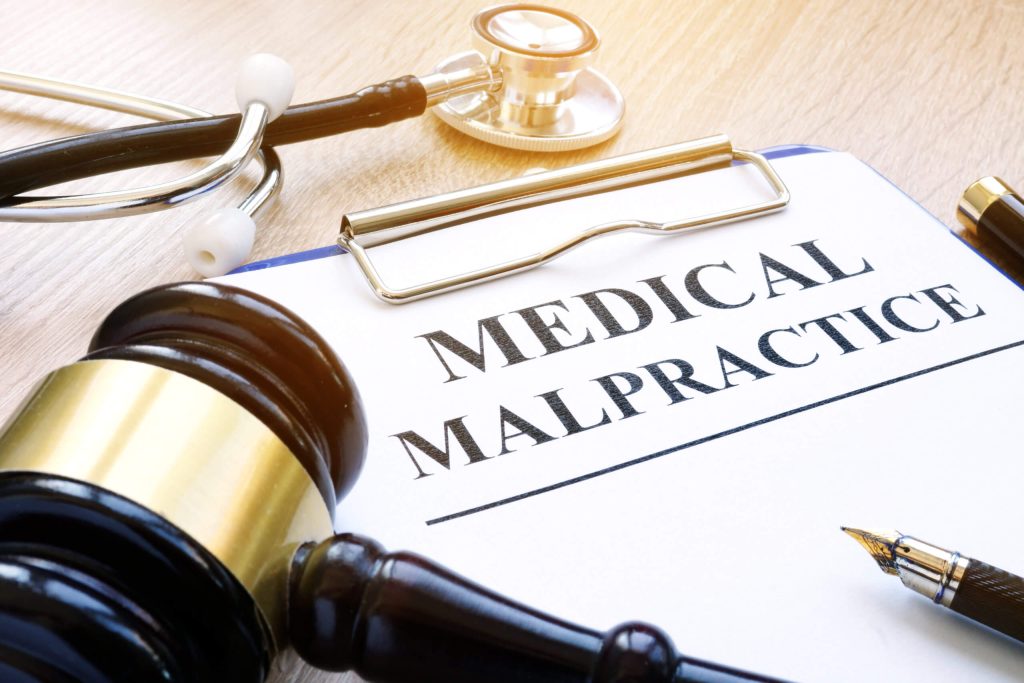
Navigating the Complex Landscape of Medical Malpractice: A Comprehensive Guide
Introduction:
In the intricate realm of healthcare, where trust between patients and healthcare professionals is paramount, the occurrence of medical malpractice can be a devastating breach of that trust. Medical malpractice refers to instances where healthcare providers fail to meet the standard of care expected in their profession, resulting in harm or injury to patients. This comprehensive guide aims to shed light on the multifaceted nature of medical malpractice, exploring its definition, common examples, legal principles, and the complex process involved in pursuing justice for those affected.
Understanding Medical Malpractice:
1. Definition of Medical Malpractice:
Medical malpractice occurs when healthcare professionals, including doctors, nurses, surgeons, or other medical practitioners, deviate from the accepted standard of care, resulting in harm, injury, or death to a patient. It is a complex area of law that encompasses a wide range of scenarios where negligence or substandard care leads to adverse outcomes.
2. Key Elements of Medical Malpractice:
a. Breach of Duty: Healthcare professionals owe a duty of care to their patients. A breach of this duty occurs when a practitioner fails to provide care that aligns with established medical standards.
b. Causation: There must be a direct connection between the breach of duty and the patient’s harm. Establishing causation involves demonstrating that the healthcare provider’s actions or omissions directly led to the adverse outcome.
c. Damages: To pursue a medical malpractice claim, the patient must have suffered damages, which can include physical injuries, emotional distress, additional medical expenses, or loss of income.
Common Examples of Medical Malpractice:
1. Misdiagnosis or Delayed Diagnosis:
Failing to accurately diagnose a medical condition or delaying the diagnosis can lead to delayed treatment and worsened outcomes. This includes conditions such as cancer, heart disease, or infections.
2. Surgical Errors:
Surgical errors encompass a range of mistakes, including wrong-site surgery, incorrect procedures, anesthesia errors, or leaving surgical instruments inside a patient. These errors can result in severe complications and long-term harm.
3. Medication Errors:
Medication errors involve prescribing the wrong medication, incorrect dosage, or administering drugs that interact negatively. These errors can lead to adverse reactions, toxicity, or other complications.
4. Birth Injuries:
Birth injuries can occur during labor and delivery, impacting both the mother and the newborn. Examples include nerve damage, brain injuries, or fractures due to medical negligence during childbirth.
5. Anesthesia Errors:
Errors related to anesthesia administration, such as administering too much or too little anesthesia or failing to monitor the patient adequately, can lead to serious complications, including brain damage or death.
6. Infections and Hospital-Acquired Conditions:
Healthcare-associated infections or conditions resulting from poor sanitation, hygiene, or inadequate patient care in a healthcare facility may be considered medical malpractice.
7. Failure to Obtain Informed Consent:
Healthcare providers must inform patients of the potential risks, benefits, and alternatives of a medical procedure before obtaining their consent. Failure to do so may lead to a claim of medical malpractice.
8. Lack of Supervision or Monitoring:
Inadequate supervision or monitoring of patients, especially in critical care situations, can result in preventable complications, deterioration of the patient’s condition, or other adverse outcomes.
Legal Principles Governing Medical Malpractice:
1. Standard of Care:
The standard of care is a central concept in medical malpractice cases. It refers to the level of care that a reasonably competent and skilled healthcare professional would provide under similar circumstances.
2. Expert Testimony:
Medical malpractice cases often require expert testimony from qualified healthcare professionals. Experts help establish the standard of care, breach of duty, causation, and the extent of damages.
3. Statute of Limitations:
There are time limits, known as statutes of limitations, within which a patient must file a medical malpractice claim. These limits vary by jurisdiction and are designed to promote timely resolution of cases.
4. Affidavit of Merit:
Some jurisdictions require plaintiffs to submit an affidavit of merit, a sworn statement from a qualified medical expert, attesting that there is a reasonable basis for the malpractice claim.
5. Pre-Suit Requirements:
In certain states, patients must go through pre-suit procedures, such as mediation or arbitration, before filing a medical malpractice lawsuit. These requirements aim to encourage out-of-court resolutions.
6. Contributory Negligence and Comparative Fault:
Some jurisdictions apply contributory negligence or comparative fault principles, which can impact the patient’s ability to recover damages based on their own actions or negligence contributing to the harm.
The Complex Process of Pursuing a Medical Malpractice Claim:
1. Initial Consultation:
The process begins with the patient consulting an attorney specializing in medical malpractice. During this initial meeting, the attorney assesses the details of the case, including the nature of the alleged malpractice, the extent of harm suffered, and potential avenues for legal recourse.
2. Case Review by Medical Experts:
To establish a valid claim, the attorney seeks the opinion of qualified medical experts who can assess the standard of care, identify any deviations, and determine whether the alleged malpractice caused the patient’s harm.
3. Filing the Complaint:
If the case has merit, the attorney files a complaint on behalf of the patient against the responsible healthcare provider or institution. The complaint outlines the allegations, details of the malpractice, and the damages sought.
4. Discovery Process:
Both parties engage in the discovery process, where they exchange relevant information, documents, and evidence related to the case. This may include medical records, expert opinions, and other supporting documentation.
5. Settlement Negotiations:
Throughout the legal process, there may be opportunities for settlement negotiations. Attorneys for both parties may attempt to reach a mutually agreeable resolution to avoid the time and expense of a trial.
6. Trial Proceedings:
If a settlement is not reached, the case proceeds to trial. During the trial, both parties present their evidence,
Practice Areas
brochure
Download our document to see specific data of the service and how we work.
